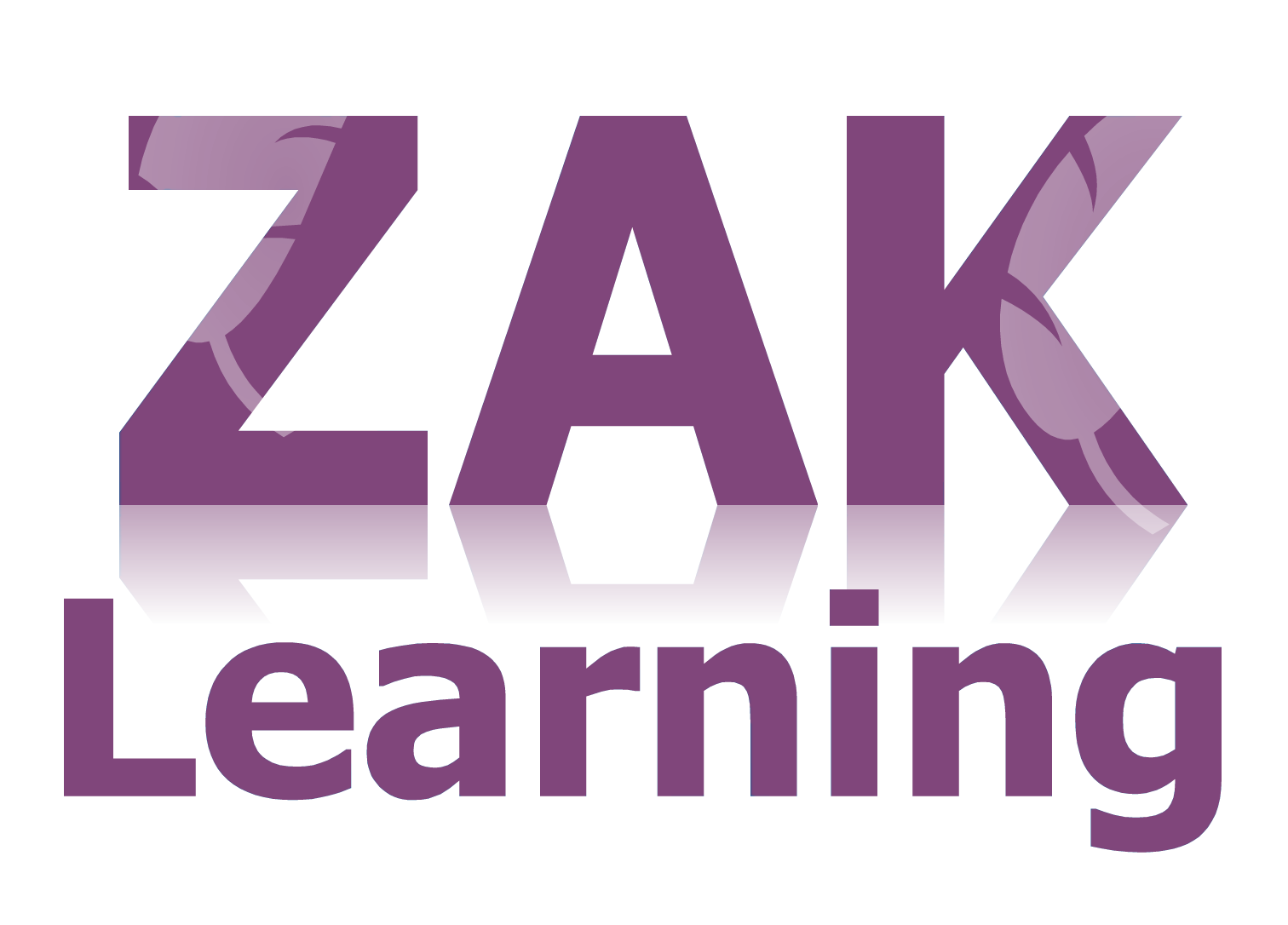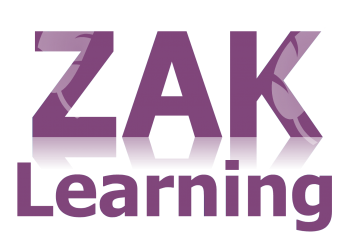| Module 1 | Introduction | |
|---|---|---|
| Unit 1 | C# Programming Crash Course | |
| Unit 2 | 1.1 - Course introduction | |
| Unit 3 | 1.2 - Final application demonstration | |
| Module 2 | Overview of C# | |
| Unit 1 | 2.1 - Section introduction | |
| Unit 2 | 2.2 - C# strengths and weaknesses | |
| Unit 3 | 2.3 - Popular uses of C# | |
| Unit 4 | 2.4 - Demystifying the .Net framework | |
| Unit 5 | 2.5 - Section summary | |
| Module 3 | Setting Up Environment | |
| Unit 1 | 3.1 - Section introduction | |
| Unit 2 | 3.2 - Downloading and installing visual studio | |
| Unit 3 | 3.3 - Creating a new console project | |
| Unit 4 | 3.4 - Environment break down | |
| Unit 5 | 3.5 - Preventing the console from auto exiting | |
| Unit 6 | 3.6 - Section summary | |
| Module 4 | Data Types And Their Uses | |
| Unit 1 | 4.1 - Section introduction | |
| Unit 2 | 4.2 - Categories of data types | |
| Unit 3 | 4.3 - predefined data types | |
| Unit 4 | 4.4 - Arrays part 1 – single Dimensional and jagged | |
| Unit 5 | 4.5 - Arrays part 2 – Multidimensional and arrays as objects | |
| Unit 6 | 4.6 - Enums | |
| Unit 7 | 4.7 - Section summary | |
| Module 5 | Variables, Expressions And Operators | |
| Unit 1 | 5.1 - Section introduction | |
| Unit 2 | 5.2 - Variables – implicit and explicit creation and conversion | |
| Unit 3 | 5.3 - Definite assignment | |
| Unit 4 | 5.4 - Expressions and operators | |
| Unit 5 | 5.5 - Section summary | |
| Module 6 | Statements And Flow Control | |
| Unit 1 | 6.1 - Section introduction | |
| Unit 2 | 6.2 - Breaking down statements | |
| Unit 3 | 6.3 - Looping statements | |
| Unit 4 | 6.4 - Jumping statements | |
| Unit 5 | 6.5 - Section summary | |
| Module 7 | Organisation | |
| Unit 1 | 7.1 - Section introduction | |
| Unit 2 | 7.2 - Files | |
| Unit 3 | 7.3 - Namespaces | |
| Unit 4 | 7.4 - Section summary | |
| Module 8 | Classes And Structs | |
| Unit 1 | 8.1 - Section introduction | |
| Unit 2 | 8.2 - Classes and inheritance | |
| Unit 3 | 8.3 - Classes vs Structs | |
| Unit 4 | 8.4 - Fields and constants | |
| Unit 5 | 8.5 - Methods | |
| Unit 6 | 8.6 - Method modifiers | |
| Unit 7 | 8.7 - Properties and accessors | |
| Unit 8 | 8.8 - Static members | |
| Unit 9 | 8.9 - Constructors | |
| Unit 10 | 8.10 - Indexers | |
| Unit 11 | 8.11 - Overloading operators | |
| Unit 12 | 8.12 - Section summary | |
| Module 9 | Inheritance | |
| Unit 1 | 9.1 - Section introduction | |
| Unit 2 | 9.2 - A brief overview of inheritance | |
| Unit 3 | 9.3 - Access modifiers | |
| Unit 4 | 9.4 - Class conversion | |
| Unit 5 | 9.5 - Polymorphism | |
| Unit 6 | 9.6 - Abstract classes and members | |
| Unit 7 | 9.7 - Sealed methods and classes | |
| Unit 8 | 9.8 - Hiding inherited members | |
| Unit 9 | 9.9 - Section summary | |
| Module 10 | Interfaces | |
| Unit 1 | 10.1 - Section summary | |
| Unit 2 | 10.2 - breaking down interfaces | |
| Unit 3 | 10.3 - Defining and using interfaces with polymorphism | |
| Unit 4 | 10.4 - Extending interfaces | |
| Unit 5 | 10.5 - Avoiding common interface problems | |
| Unit 6 | 10.6 - Section summary | |
| Module 11 | Delegates And Events | |
| Unit 1 | 11.1 - Section introduction | |
| Unit 2 | 11.2 - Defining, creating and using delegates | |
| Unit 3 | 11.3 - Multicast delegates | |
| Unit 4 | 11.4 - Defining, creating and handling events | |
| Unit 5 | 11.5 - Section summary | |
| Module 12 | Exception Handling | |
| Unit 1 | 12.1 - Section introduction | |
| Unit 2 | 12.2 - A broad overview of exceptions | |
| Unit 3 | 12.3 - Try, catch and finally | |
| Unit 4 | 12.4 - Section summary | |
| Module 13 | Attributes, Preprocessor Directives And Documentation | |
| Unit 1 | 13.1 - Section introduction | |
| Unit 2 | 13.2 - Defining and utilising attributes | |
| Unit 3 | 13.3 - Defining and utilising preprocessor directives | |
| Unit 4 | 13.4 - Comments | |
| Unit 5 | 13.5 - Section summary | |
| Module 14 | Setting Up Notebook Application Components | |
| Unit 1 | 14.1 - Section introduction | |
| Unit 2 | 14.2 - Creating a notebook app and implementing ipageable interface | |
| Unit 3 | 14.3 - Creating a structure for holding page data | |
| Unit 4 | 14.4 - Creating textual message class and implementing ipageable interface | |
| Unit 5 | 14.5 - Creating child messageList class and implementing enums | |
| Unit 6 | 14.6 - Creating the image class | |
| Unit 7 | 14.7 - Section summary | |
| Module 15 | Tieing Components Together In The New Notebook Class | |
| Unit 1 | 15.1 - Section introduction | |
| Unit 2 | 15.2 - Creating a list of pages in the new notebook class | |
| Unit 3 | 15.3 - Utilising a delegates, dictionaries and indexers to interact with notebook | |
| Unit 4 | 15.4 - Using constructors and the params modifier to initialise notebook dictionary | |
| Unit 5 | 15.5 - Instantiating notebook and using do while loop to accept continuous input | |
| Unit 6 | 15.6 - Fixing key not found with try and catch | |
| Unit 7 | 15.7 - Using switch statement to extract secondary commands part 1 | |
| Unit 8 | 15.8 - Using switch statement to extract secondary commands part 2 | |
| Unit 9 | 15.9 - Section summary | |
| Module 16 | Defining input, Output, Delete And Show Functions | |
| Unit 1 | 16.1 - Section introduction | |
| Unit 2 | 16.2 - Defining input and output methods for textualmessage class | |
| Unit 3 | 16.3 - Adding, showing and removing list pages | |
| Unit 4 | 16.4 - Overriding input and utilising enums in messageList class | |
| Unit 5 | 16.5 - Defining input and output functions for image class | |
| Unit 6 | 16.6 - Section summary | |
| Module 17 | Improving Modularity Using Events And NotebookLogger Class | |
| Unit 1 | 17.1 - Section introduction | |
| Unit 2 | 17.2 - Creating the new notebookLogger class | |
| Unit 3 | 17.3 - Defining and calling events in the notebook class part 1 | |
| Unit 4 | 17.4 - Defining and calling events in the notebook class part 2 | |
| Unit 5 | 17.5 - Defining and attaching – detaching event handlers in notebookLogger | |
| Unit 6 | 17.6 - Toggling event handlers in the notebookLogger class | |
| Unit 7 | 17.7 - Section summary | |
| Module 18 | Conclusion | |
| Unit 1 | 18.1 - Additional resources | |
| Unit 2 | 18.2 - Closing message |
Powered By WP Courseware

